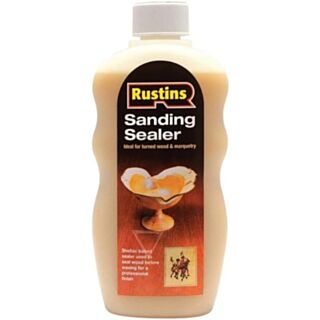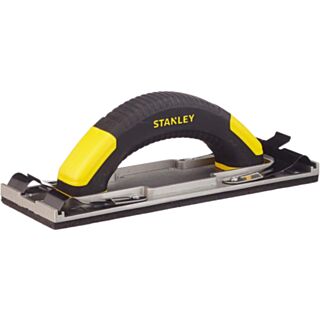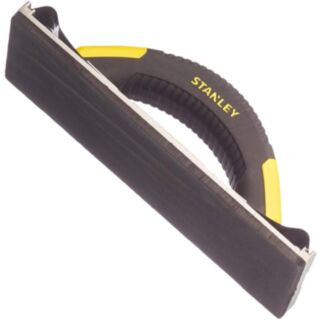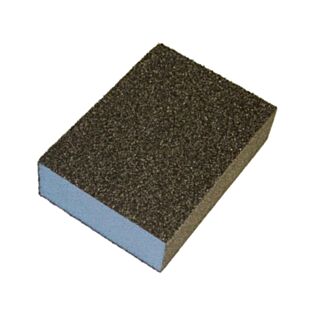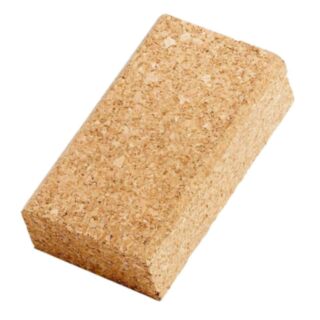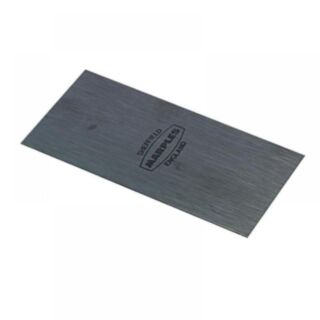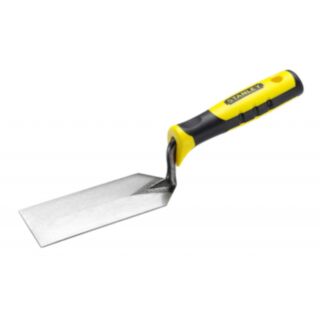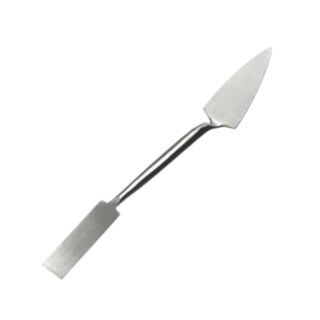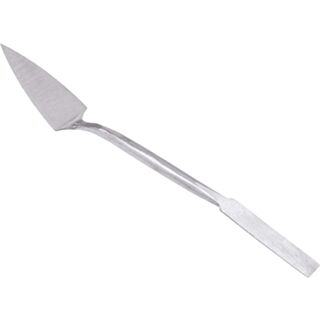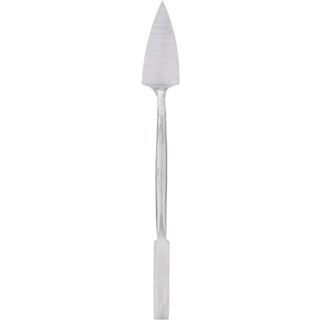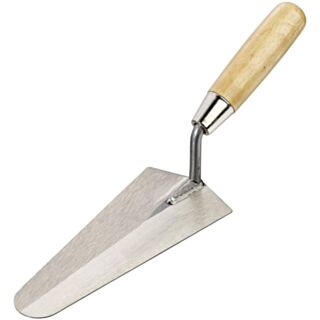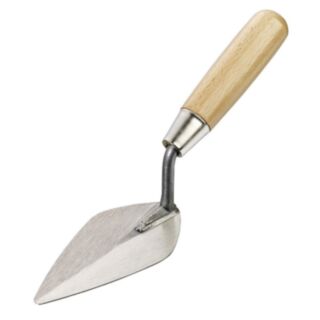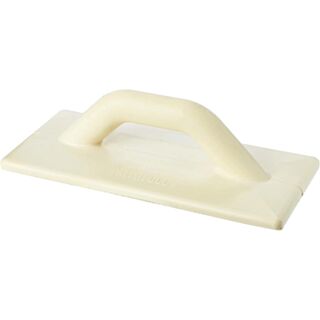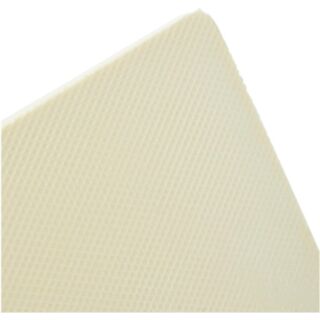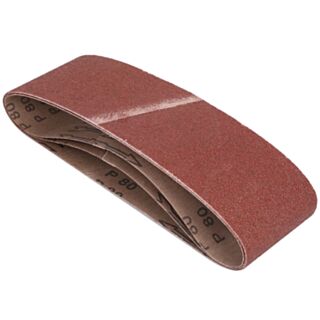About Our Plastering Trowels & Sanding
Plastering trowels are used to apply the plaster onto the surface and to even the materials out for a smooth finish. When using this tool, the correct amount of plaster should be placed on its flat surface to be applied on the wall or floor. Like most things, using a plastering trowel is easy once you know how to.
Put the blade, with the handle pointing towards your body, onto your thigh above your knee. Hold the file flat and parallel to the trowel blade. Draw the file across the long edge of the trowel towards your knee and away from your body. Keep the motion long, start at the middle of the trowel and aim outwards.
If you're working on ceilings and walls, always start with the ceiling, starting in the left corner. Run your trowel back and forth, applying your plaster in a straight line.
Plastering tools are specifically designed with the plasterer in mind to be easy and light to handle. Suitable for the professional or home improver. Drylining is one of the oldest building methods and a highly skilled job. We are sure to have the right plaster tools to help you coat a surface with a layer of plaster to any drywall.
Sanding is carried out before finishing to remove defects from the wood surface that will affect the appearance and performance of finishes that are subsequently applied to the wood. These defects include cutter marks and burns, scratches and indentations, small glue spots and raised grain.
What is the proper way to sand wood?
Do NOT start sanding with very fine sandpaper on unfinished wood. Prepare the surface by using medium paper first, and then proceed to finer grades. On most raw woods, start sanding in the direction of the grain using a #120-150 grit paper before staining and work up to #220 grit paper.
To browse a further range of over 25,000 products please visit our trusted supplier here - ToolBank.


